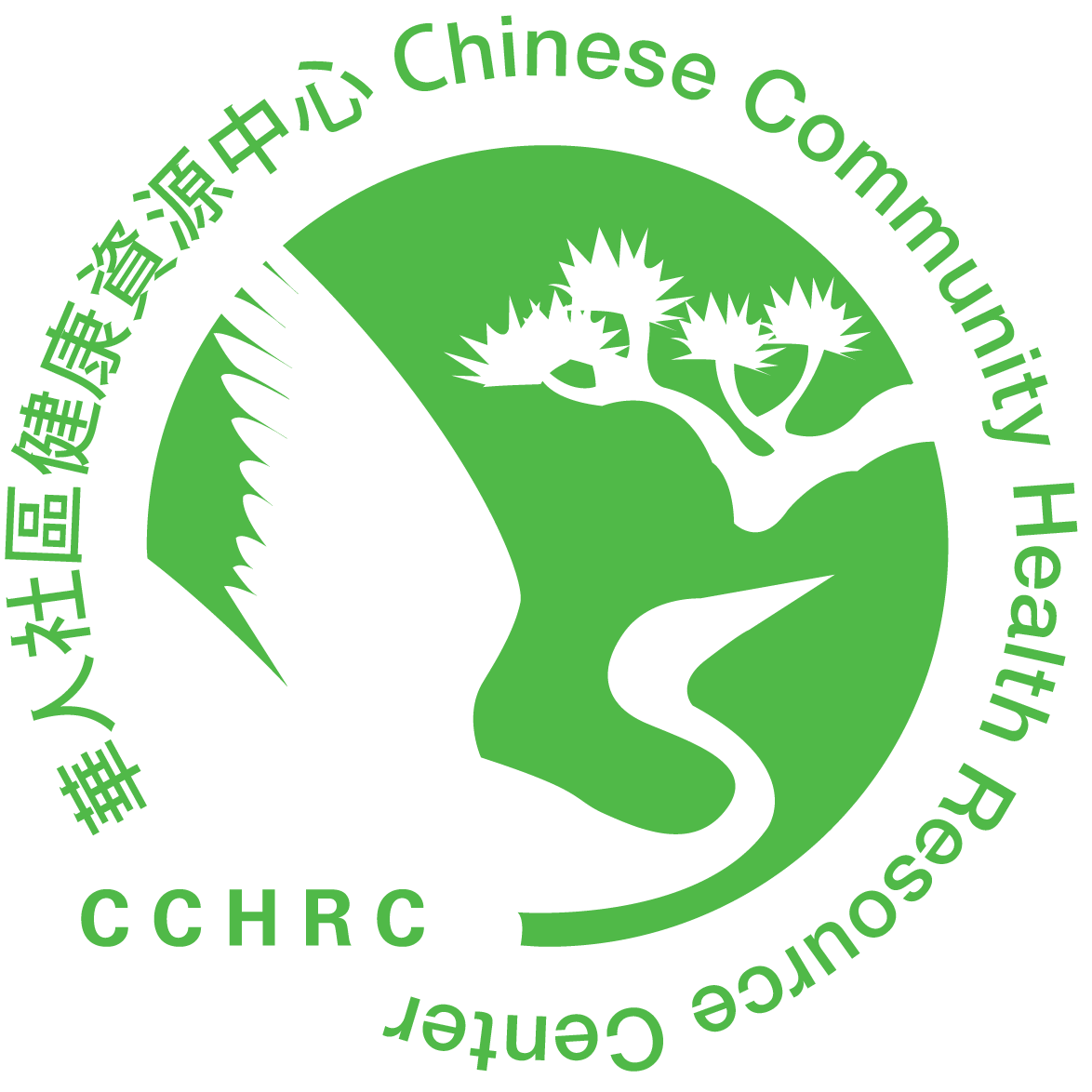DASH stands for Dietary Approaches to Stop Hypertension. It is a well-balanced meal plan to help prevent and control high blood pressure, and reduce the risk of heart disease and stroke. The guidelines are based on studies sponsored by the U.S. National Heart, Lung, and Blood Institute (NHLBI). If you have been diagnosed with kidney disease, you will need to consult your doctor or a registered dietitian for additional restrictions in your diet.
The DASH eating plan is:
- Rich in fruits, vegetables, and fat-free or low-fat dairy products
- Rich in whole grains, fish, poultry, beans, seeds, nuts, and vegetable oils
- Rich in potassium, calcium, magnesium, fiber, and protein
- Low in saturated and trans fat
- Low in sodium
- Limited in red meats, sweets, sugars, and sugar-containing beverages
Sodium intake should be no more than 2,300 mg per day (about a tsp of salt), and preferably less than 1,500 mg per day (especially if you are over 50, have high blood pressure, diabetes or chronic kidney disease). Since most of the sodium we eat comes from processed or convenience foods, try to limit their intake.
To follow the DASH eating plan, include the recommended number of servings from different food groups. You can increase or decrease the number of servings depending on your daily calorie needs, which are based on your physical activity level and age.
In addition to following the DASH eating plan, making healthy lifestyle changes is also helpful in reducing and controlling high blood pressure.
- Maintain a healthy weight
- Be physically active
- Make healthy food choices
- Reduce sodium intake
- Increase potassium-rich foods* (found mostly in fruits and vegetables)
- Limit alcohol
- Do not smoke
*Note: Persons with kidney disease may need to limit their potassium intake. Check with your doctor or a registered dietitian.
For heart healthy recipes:
http://healthyeating.nhlbi.nih.gov
For more information on the DASH eating plan:
http://www.nhlbi.nih.gov/files/docs/public/heart/hbp_low.pdf
Copyright © 2015-2020 Chinese Community Health Resource Center
If you would like a copy of this health article, please click on the PDF button in the language you prefer. To view the PDF document, you’ll need Adobe Acrobat, which you can download here.
Bilingual:




